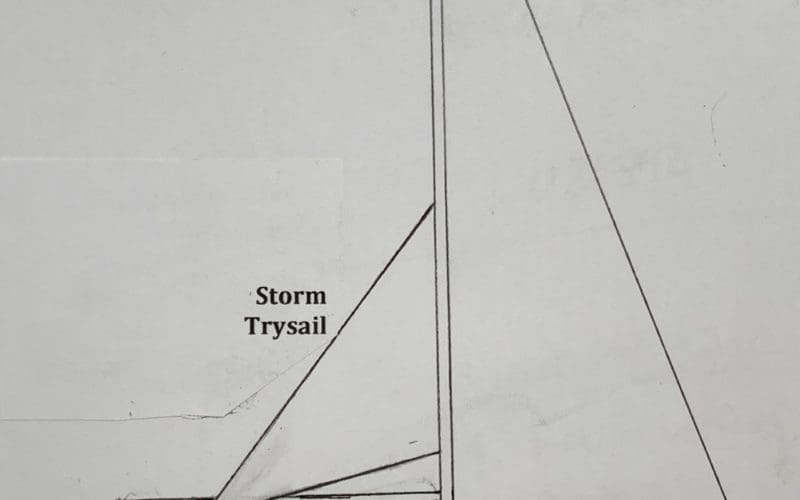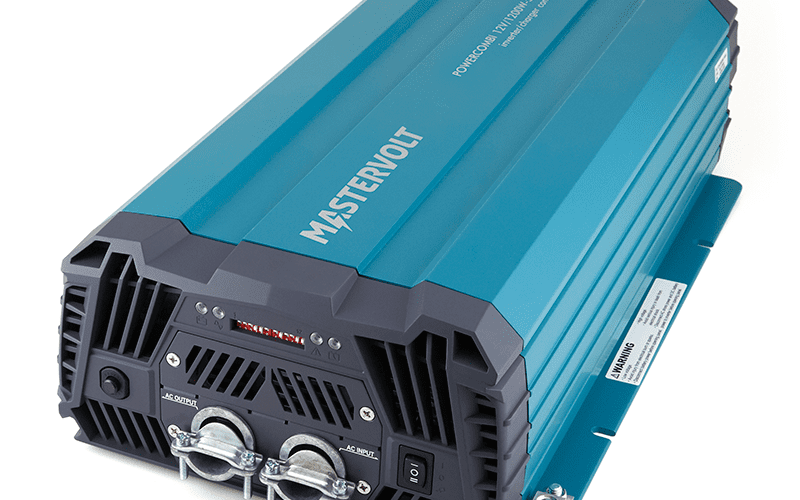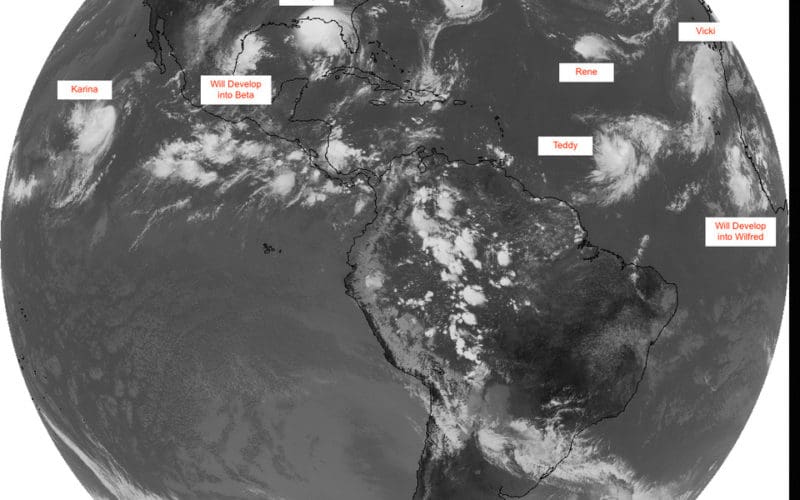30
Mar
After a second reef is tied in to a yacht's mainsail, the next step in sail reduction is a storm trysail. Many offshore sailors feel that a triple-reefed main is not effective, inducing too much distortion and stress to the sail and not providing sufficient support to the boom. While not all modern yachts carry a storm trysail, those undertaking ocean passages should have one in their inventory. In truly heavy weather conditions, a storm trysail not only offers an opportunity to fly a still smaller sail but it also will help reduce unnecessary wear and tear on the vessel's mainsail which has already been buffeted and battered enough withstanding the wind and stresses of…



